An adventure on the sacred Mount Mabu

It was already past seven o’clock when I met at the starting point with the remaining members of the group (10), which included community guides and traditional leaders, as well as the coordinator of the project to create a community conservation area in Mabu, forestry engineer António Serra, WWF staff.
We had been around the campfire the day before and it was in conversation with the traditional leaders that we realized that that mountain is respected and that climbing it requires, in addition to physical ability, a lot of courage.
Advertising
The relaxed conversation around the campfire essentially serves the purpose to discover the mystique behind Mount Mabu and also aims to clarify any doubts or curiosities about the place. It is at this informal meeting that we learn about the rules to be followed on the route to the top of the mountain.
Our path is made along the edge of eye-rolling vertical cliffs. There are many loose rocks that make our climbing more difficult, and water courses are born from melting ice. The high trees in the extensive forest hide the clouds and reduce daylight, allowing for a strange and magical feeling of being in the same place day and night.

The group is excited. It’s the first time you’ve tested your limits and physical and mental capacity. From my side there was no shortage of questions to ask and from the guides side there was no shortage of answers to give either. Mr. Zeferino, whose 70 years old choreographed his step, is the most experienced and oldest guide in the group and my motivational force whenever tiredness tried to overcome bravery. The stories he told about Mabu turned the hard walk into a pleasurable exercise.
We have been walking for two hours, in a vertiginous climb and descent between rocks. “We’re almost there”, said the traditional leader who followed with us to the point where he would conduct a ceremony so that the adventure would go well. Not knowing the place where we were going, the most sensible and convenient thing was to believe.
After the essential ceremony and half an hour’s rest, we continued, now without the traditional leader and authority, walking for another three hours to the first camp. Our resistance was severely tested by obstacles. In addition to climbing the slippery rocks, we had the forest blocking our path, which was done by the guides using machetes tailored to the path.
My shoes with slippery soles made the climbs more difficult. I kissed the ground at least three times and needed a third leg, a cane, which was promptly improvised with a branch to get to the camp.
The sun was setting when we arrived at the camp. The feeling was that the mission was (almost) accomplished, as we were half a kilometer from the goal.
It was no longer just tiredness that I had to deal with, or the worn sole of my sneakers, hunger also entered the equation and multiplied the tension and stress. The short breaks not only served to wipe off sweat and hydrate the body, but it was the moment to give testimony about each person’s personal experiences.
It’s true that stops break the rhythm. But it is also true that they are essential to survive the last meters to the summit of the mythical Mabu, with an altitude of 1700 meters and an area of around 7880 hectares. The Mount Mabu forest is considered one of the largest continuous blocks of medium-altitude tropical forest in Southern Africa.
We woke up early. We had breakfast and continued our journey slowly, proud of our strength and determination. We are close to achieving one of the biggest challenges of our lives, reaching the top of a mountain.
There are just under 400 meters left, and seen like this, it may seem small and easy to climb, but the challenge was even greater and the difficulty increases as we get closer to the goal.
We are at an altitude of 1700 meters above the majestic Mabu, the view is breathtaking, after a long journey of more than six hours along the plateau, often done with the strength of our arms and with the support of an improvised cane.
The spirituality of this place is undeniable. Up here, close to the clouds, I feel so small.
One more reason that justifies the project to create a community conservation area in Mabu, led by the consortium formed by WWF, the Network for Community Management of Natural Resources (R-GCRN) and the Network of Organizations for the Environment and Sustainable Community Development of Zambézia (RADEZA) with a view to conserving biodiversity. (x)
▶ HOW TO GET THERE
Fly via LAM to Quelimane and travel approximately 200 km to the district headquarters of Lugela. It is necessary to contact local and traditional authorities to allow entry to Mabu.
▶ WHERE TO EAT
You have no option if you don’t carry the right supplies to eat during the camp. Don’t be too worried about the weight, the porters, which are essential, help with carrying the supplies. It is recommended to fill up in Mocuba, the city closest to Lugela.
▶ WHERE TO SLEEP
At the camp. It’s safe and the experience is worth it.
▶ WHAT TO DO
Enjoy the adventure, experience and surreal landscapes of the majestic and sacred mountain and enjoy every moment in the forest. There is still a lot to discover in that spectacle of nature.
▶ HIGHLIGHT
Mount Mabu is the third highest summit in the country (1700 m), second only to Mount Binga (2436 m), in the province of Manica, and Namuli (2420 m), located in the province of Zambézia.
Edição 81 Out/Nov/ Dez| Download.
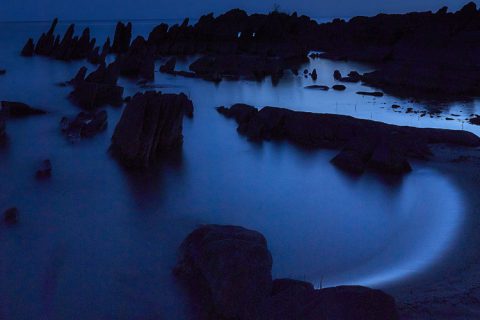
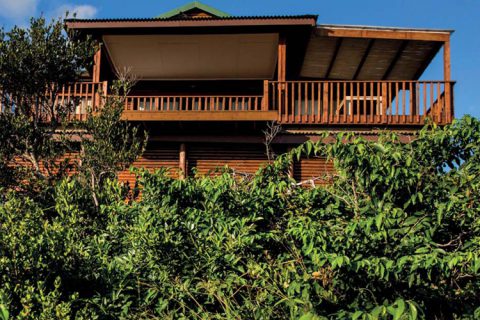


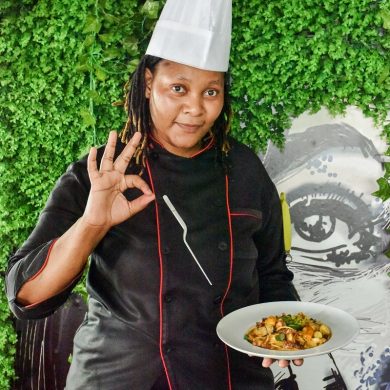
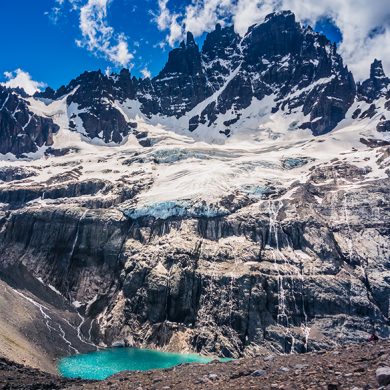
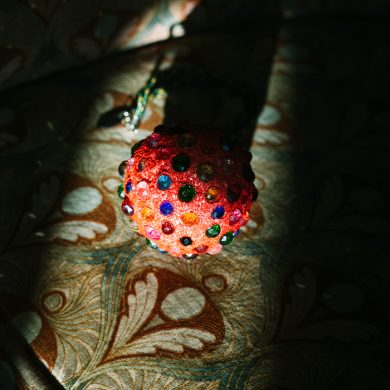
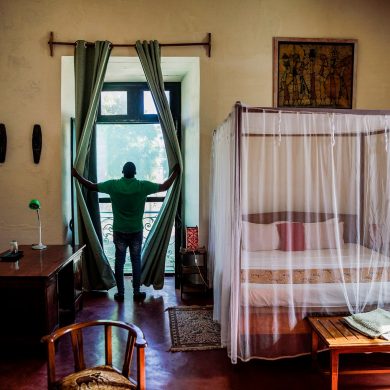
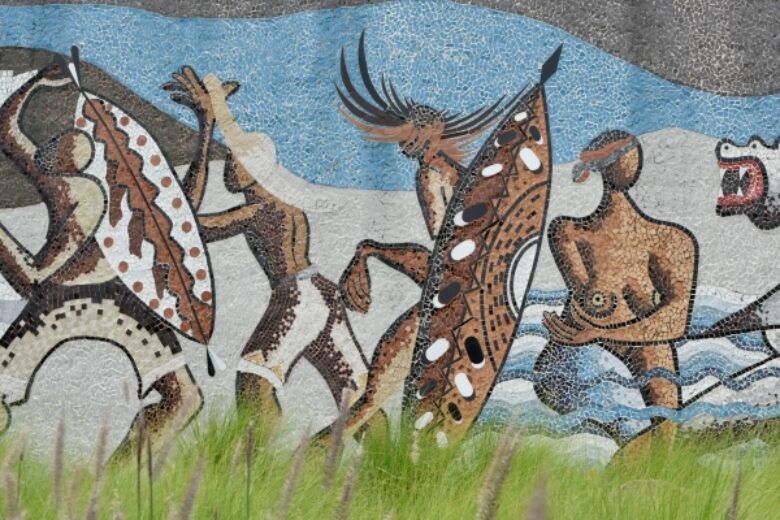










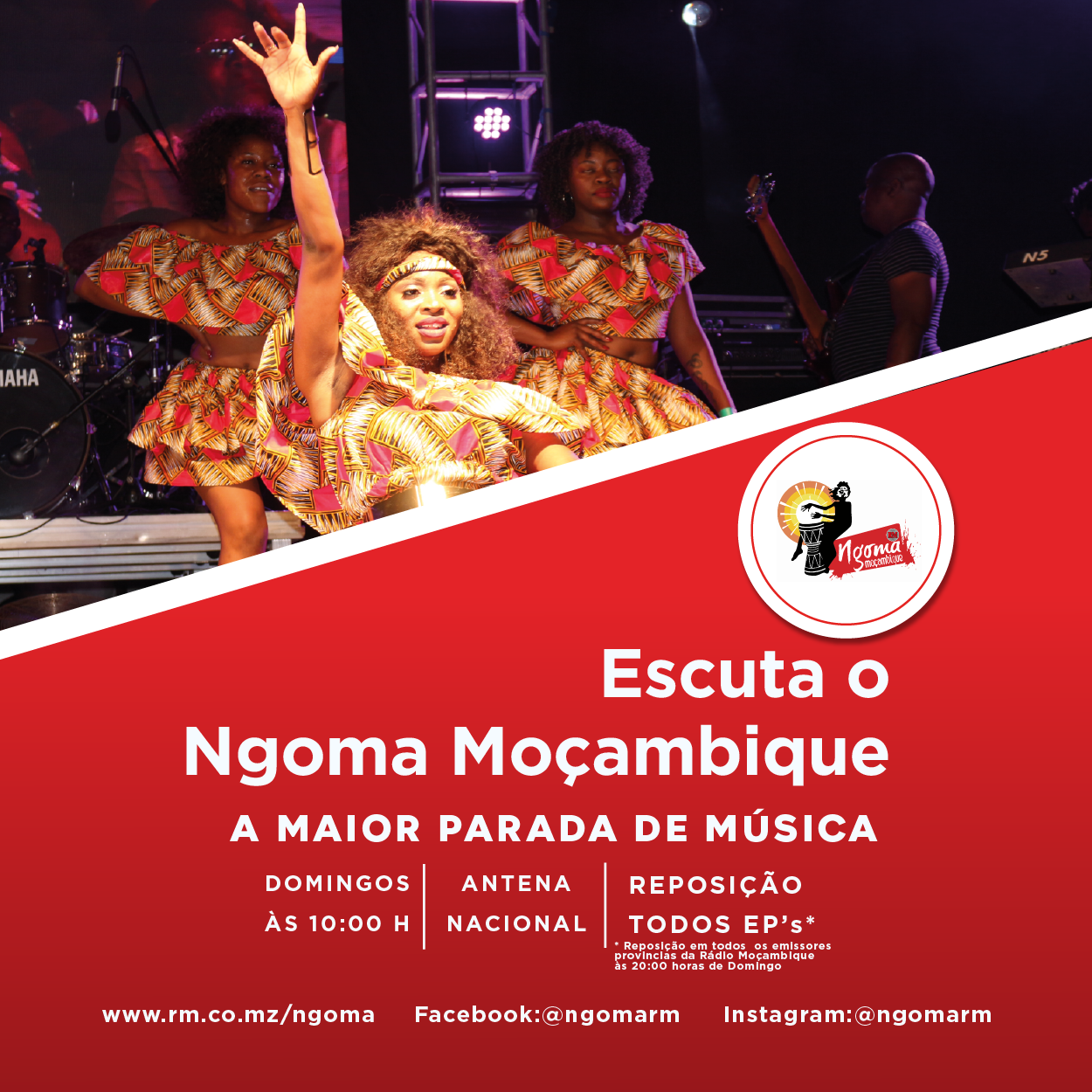






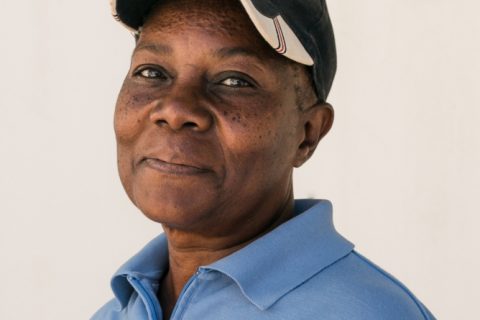
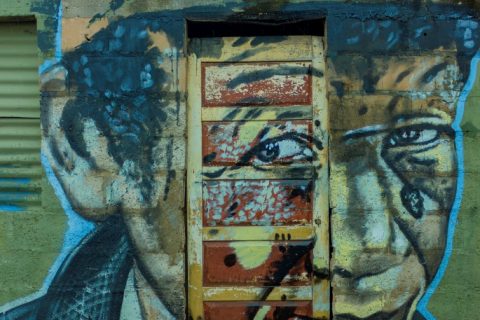


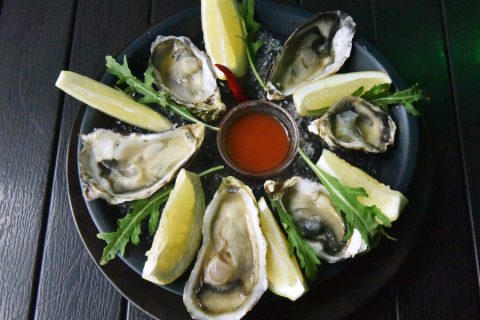
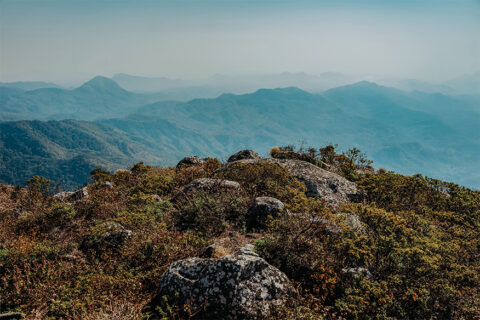


0 Comments